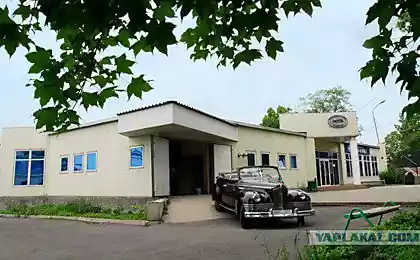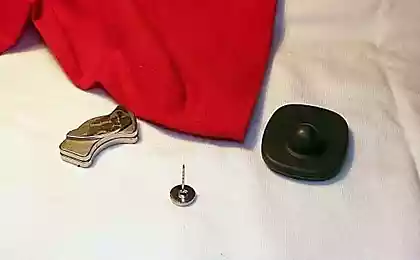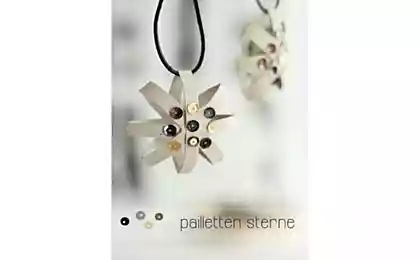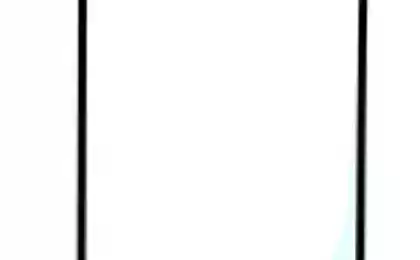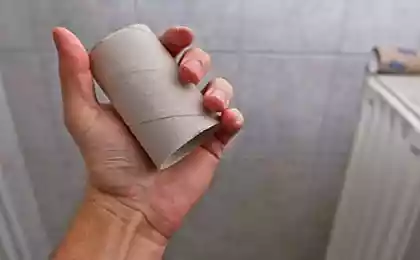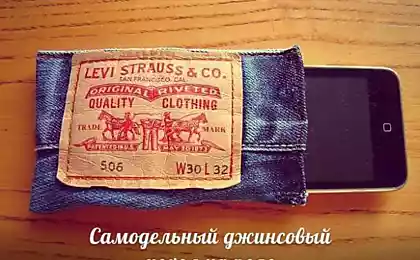147
A soap tag for clothes that reduces paper consumption
Every year, more than 36 billion items of clothing, shoes, bags, umbrellas and other accessories are manufactured worldwide, each with tags. In Europe and America, tags are also equipped with things that are resold in vintage stores or go to second-hand.
Clothing labels went a long and interesting evolutionary path before acquiring a modern look. On the territory of Kievan Rus, the concepts of “label” and “tavro” appeared in trade in the days of ancient Rusich. In medieval Europe, the brand became a trademark: it helped to avoid dishonest traders and dealers, and guaranteed the buyer the quality of the goods. Therefore, first of all, they branded expensive goods.
The mass use of familiar labels began during the period of industrial clothing production with the adoption of the Paris Convention of 1883. It was then that serious attention was paid to the protection of industrial property. Private tailors did not need labels, but competition still forced them to sew labels for clothes, create their own brand and differ. Nowadays, in addition to sewn textile tags, one or two large advertising labels made of cardboard or plastic are attached to sold clothes.
Such a label is not only a source of information, but also a tool that attracts attention to the product and encourages purchase. Without this small information element, it is difficult to imagine trade: visually choosing a product, the buyer next draws attention to the label. Here you can usually find information about the manufacturer, features and rules of care for the product, price and possible discount, logo and other useful data.
The production of billions of labels requires not only huge amounts of wood (only occasionally recycled), but also a large consumption of ink, which includes heavy metals and other unpleasant chemical compounds. Plastic labels, in turn, require further disposal or replenish landfills. What are we doing with all this “good”? That's right, cut off the tag after buying clothes and send it to the trash can.
To avoid unnecessary waste of resources, designers Danghui Li, Yuexin Huang, Yao Zhang and Long Chen created the project “Hang Tag”. This tag not only dissolves in water, but within five minutes creates a soap solution that can be used for the first wash. Thus, the novelty reminds the laziest that before use it is desirable to eliminate residual chemicals that can collect on the surface of clothing during the production process and transportation.
Water-soluble labels can print the same information as traditional cardboard tags, while solving the environmental problem of deforestation. The only difference that can be seen with the naked eye is the image of three drops of water on the bottom of the Hang Tag, indicating that the tag dissolves in water. It would be good if the authors of the project thought about the use of detergents and ink of plant origin.
For all the simplicity and genius of the idea, this is not the only possible way to “green” labels for clothes. In addition to the ability to use organic or recycled materials, you can extend the life of tags, making them more functional. For example, place a price tag on one side and a voucher for the next purchase from the same store on the other.
Source: facepla.net


